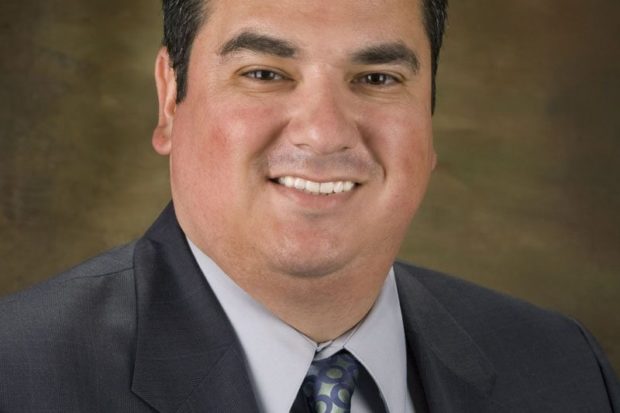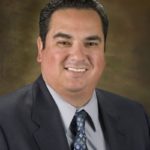

By John Hernandez
As I travel around the United States, it is painfully obvious that our nation needs a facelift. We have roads, bridges, buildings and other infrastructure in need of repair, including a water system in California that needs desperate improvement.
It wasn’t long ago, in the 1930s, when our country experienced the Great Depression and President Franklin Roosevelt answered the call with a New Deal.
The centerpiece of the New Deal was the Works Progress Administration (WPA). The largest and most ambitious of the New Deal programs, it employed millions of people to build schools, public buildings, dams, roads and bridges.
Several local projects such as the Friant Dam, the Fresno Hall of Records, Delano High School, East Bakersfield High School, the Shafter City Hall and Washington Elementary School in Kingsburg, among many others in the Valley, were built by the WPA.
Nearly every community in the United States had a new park, bridge or school constructed by the agency. The WPA’s initial appropriation in 1935 was for $4.9 billion, about 6.7% of the 1935 U.S. gross domestic product. The WPA spent $13.4 billion between 1935 and 1943 and provided almost eight million jobs.
Here in Central California, we are again at a similar crossroad. We still have a Great Recession, now coupled with the worst drought in 150 years. The result has been massive unemployment, and things are about to get even harder for working families in our valley.
President Dwight D. Eisenhower became a champion of a national highway system after he was influenced by his experiences in the Army—first, in 1919, on a mission across the country on the first continuous road in America, the Lincoln Highway, and later while serving as Supreme Commander of Allied troops in Europe in World War II.
Eisenhower, after seeing the German autobahn, recognized that such a system would also provide key ground transport routes for military supplies and troop deployments in case of an emergency or foreign invasion in the United States. The National Highway system, initiated by Eisenhower with his signing of the Federal Aid Highway Act in 1956, was finally completed in 1992 with the formal opening of I-70 in Colorado.
The initial cost estimate for the system was $25 billion over 12 years. Eventually, it cost $114 billion, adjusted for inflation, or $425 billion in 2006 dollars, and took 35 years to build. A direct result of the WPA and the Interstate Highway System has made America into an economic and military superpower. Sadly, our current state is not that of an infrastructure superpower but of a second-rate power with a D+ grade. The great civilizations of the past all had great infrastructure.
Our current infrastructure need by the year 2020 is $3.6 trillion according to a 2013 report from the American Society of Civil Engineers. According to its 2013 Report Card for America’s Infrastructure, we scored a D+.
Here is a point-by-point rundown on our current state. Aviation D, Bridges C+, Dams D, Drinking Water D, Energy D+, Hazardous Waste D, Inland Waterways D-, Levees D-, Ports C, Public Parks and Recreation C-, Rail C+, Roads D, Schools D, Solid Waste B-, Transit D and Wastewater D. Here in California, we have an out-of-date water system that was built for 28 million but now serves 36 million and will be serving 50 million by 2050. We have real problems, and it is time to face the music and put people back to work.
So how do we fix it? For starters, we need an infrastructure bank. A National Infrastructure Bank would be a public-private partnership to create a fund to finance infrastructure projects. The bank would complement existing federal programs to fund infrastructure, such as the Highway Trust fund or State Revolving Funds. It would invest in a rainbow of infrastructure projects that likely would include highways, water projects, schools, public buildings and mass transit. Investing in our country is long overdue.
Interest rates are at historic lows, millions are out of work and these jobs cannot be exported. We need to put people to work now. We need infrastructure now, and the time to act is now.
*****
John Hernandez is the former CEO of the Central California Hispanic Chamber Commerce and current candidate for California’s 21st Congressional District.

